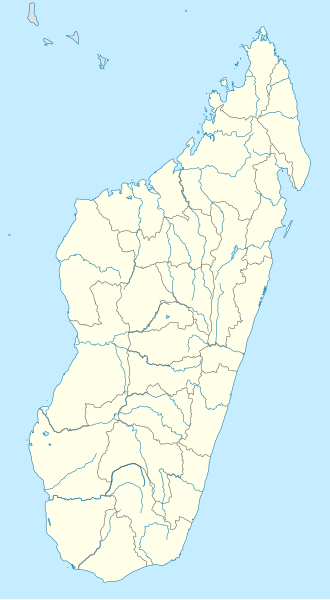| Ambohijanahary Special Reserve | |
|---|---|
IUCN category IV (habitat/species management area) [1] | |
| Nearest city | Tsiroanomandidy |
| Coordinates | 18°32′S45°26′E / 18.533°S 45.433°E |
| Area | 243.02 km2 (93.83 sq mi) |
| Established | 28 October 1958 |
| Governing body | Madagascar National Parks Association |
Ambohijanahary Special Reserve is a wildlife reserve in the regions of Menabe and Melaky in Madagascar. The reserve was created in 1958 to protect the sclerophyllous forest between Tsiroanomandidy and Maintirano, as well as protecting the many endemic species of plants and animals.

